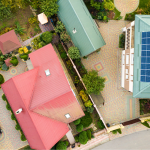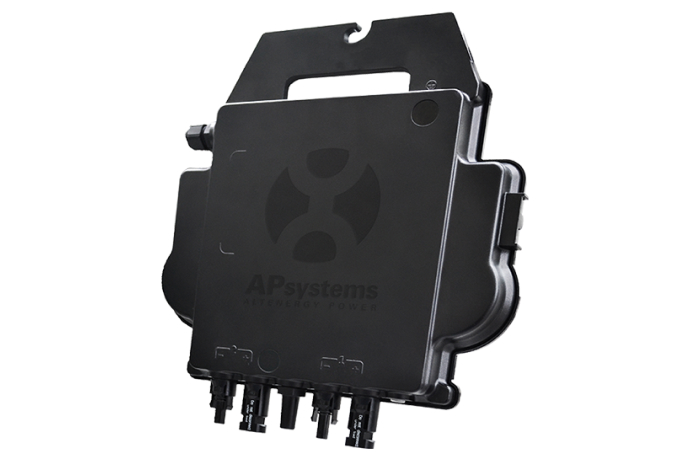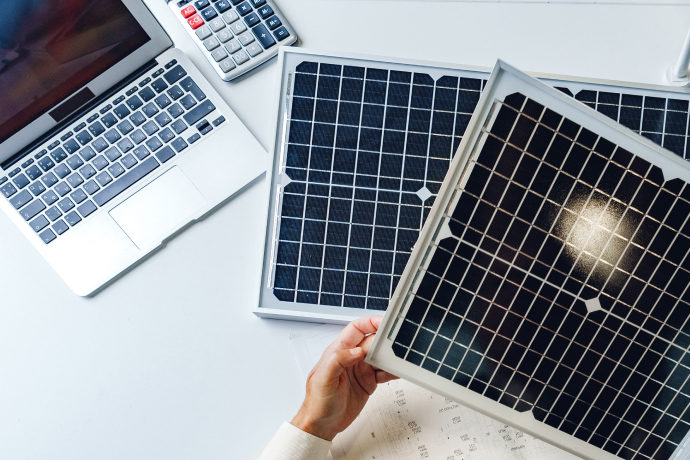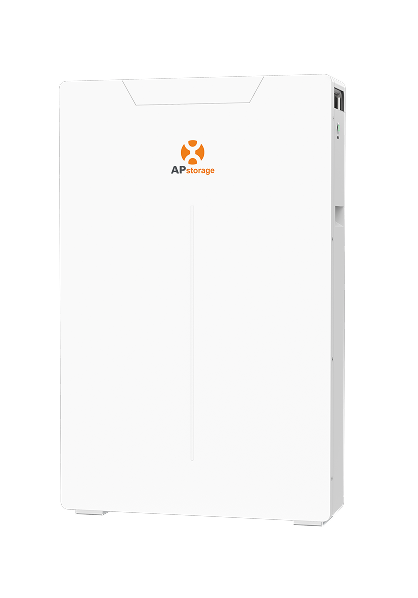While it is great to help save the environment by using solar panels, a big incentive is also potential savings on power bills. Installing solar panels will definitely cause a reduction in your electricity bill, but the important thing is to know how much. As a general rule, solar power will save between $800 and $1300 annually on a 6.6kW system. However, the actual amount solar power saves on electricity bills is dependent on a number of factors like the size of the solar system, location and your lifestyle. In this article we will break down everything you need to know about saving money using solar power, and how to calculate how much you may potentially save.
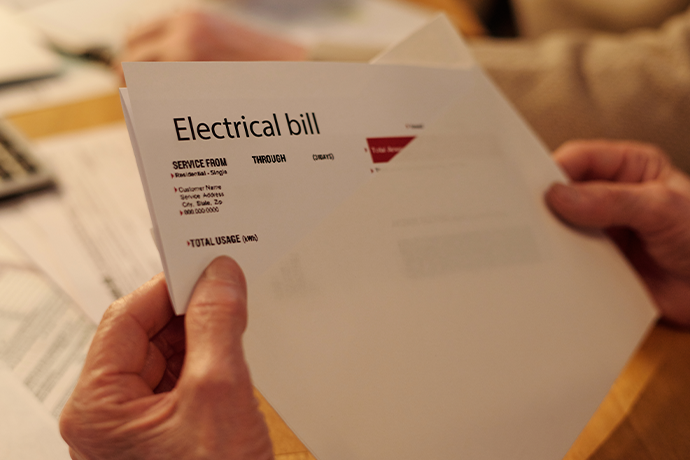
How Do Solar Panels Work?
Solar panels work when the sun shines onto a solar panel and the energy from the sunlight is absorbed by the photovoltaic (PV) cells in the panel. It is this PV cell technology that converts sunlight into electricity. Then, an inverter converts this electricity into the alternating current electricity you can use in your home or is fed back into the grid, or stored in your solar battery.
How Do Solar Panels Save You Money?
Solar panels save you money as you are generating your own power and don’t need to rely on buying electricity from the grid. The electricity that solar panels generate is used to power appliances in the home. Sometimes a solar system will generate excess electricity which can be stored if you have a solar battery. The solar battery stores excess electricity generated by the solar panels which can then be used when the sun is no longer out. A solar battery will save you money as it limits the amount of electricity you need to purchase from an energy provider during the night time or when there is less sunlight. Alternatively, any excess energy can be exported back to the grid which comes back to you as additional funds via a feed-in tariff. Solar feed-in tariffs are a way to get paid for the excess solar electricity a home or business generates. In Tasmania, the state sets the feed-in tariff and it changes occasionally. At the moment the feed-in tariff is 8.935 cents per kWh which is the amount you get paid per kWh sent back to the grid.
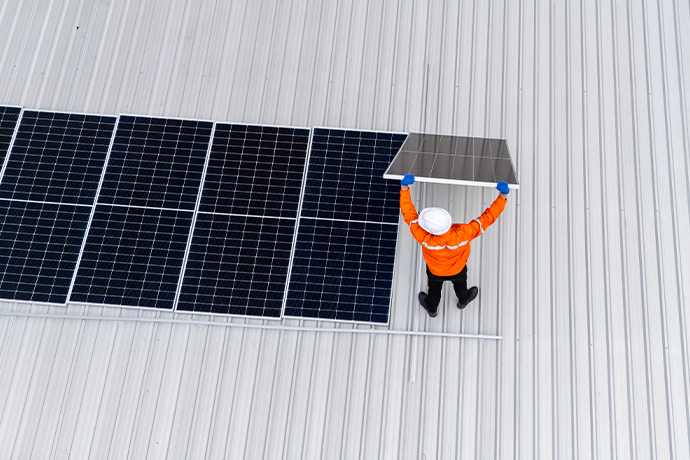
Average Cost of Solar Panel Installation
In order to understand how much solar power can save on electricity bills, we need to first look at the cost of panels and installation. The cost of installing solar panels can vary widely, with several key factors determining the overall expense. The average 6.6kW system costs around $5,000 to $10,000 for a fully installed system.
The table below displays estimated costs for fully installed systems, including the rebate through Small Scale Technology Certificates (STCs):
| Solar system size | Estimated cost |
| 1.5 kW | $3,000 – $4,500 |
| 2kW | $3,500 – $5,000 |
| 3kW | $4,000 – $5,500 |
| 4kW | $4,500 – $6,500 |
| 5kW | $5,000 – $8,500 |
| 5.4kW | $5,200 – $9,000 |
| 6kW | $5,500 – $9,500 |
| 6.6kW | $6,000 – $9,500 |
| 7kW | $7,000 – $10,500 |
| 8kW | $8,000 – $11,500 |
| 10kW | $8,500 – $13,500 |
| 15kW | $13,500 – $18,500 |
| 20kW | $17,500 – $22,500 |
How Much Can You Save with Solar Panels?
You can save between $800 and $2,000 per year on electricity bills using solar power. The total lifetime savings (over a 25-year period) can range from $20,000 to $50,000 or more, making solar panels a worthwhile investment. The combination of reduced electricity bills, government incentives, and feed-in tariffs can lead to a payback period of 4 to 7 years. After this period, the energy savings and feed-in tariff earnings become pure profit. How much you can save with solar panels depends on a number of factors. You need to take into account how much the initial outlay is, the payback period, and then factors like the size of the system, usage, feed in tariffs, location, and battery backup.
Factors That Influence Solar Savings
While solar panels reduce electricity bills across the board, there are several factors that influence the extent of savings from installing solar panels. Some key facts to consider are:
- Size of system: The size of the solar system will directly impact the amount of electricity it generates and therefore how much money it saves. A large solar system will produce more electricity than a smaller one, potentially offsetting a larger portion of energy consumption and reducing electricity bills.
- Usage: The energy consumption patterns of a home play a significant role in savings on bills. If your usage patterns are to use the most electricity during the day when the sunshine is out, you will maximise the benefits of solar energy. Your electricity bill will be lower as you have utilised the energy from the panels rather than having to buy it from the energy provider.
- Feed in tariffs: A feed in tariff influences solar savings as it is an amount of money or credits you receive for sending solar power back to the grid. To be eligible for a feed-in tariff in Tasmania, you must own an eligible solar panel system connected to the grid, and be registered for the FIT program with a registered authority.
- Location: Geographic location influences how much solar power can be generated and, in turn, savings. A region with ample sunlight hours where solar radiation is stronger will ensure solar panel efficiency, producing more energy and saving on electricity bills. In a location where the sun is stronger and more consistent, there is also the option of installing a less expensive, smaller system to produce the same amount of energy as a less conducive place.
- Battery backup: With the backup of a battery, the solar energy is saved to be used when the sun is not out. This can contribute significantly to electricity savings as there is less need to purchase from the energy retailer. This does, however, add to the upfront cost of the solar system.
- Number and type of panels: The type of panels you install will impact the solar efficiency and potential savings. If you choose monocrystalline or polycrystalline panels, you will find that one is more efficient but the other costs less. In the case of monocrystalline panels, they tend to have an efficiency rate of 15% to 23% as opposed to polycrystalline at 13% to 16%. Polycrystalline, on the other hand, is not as expensive.
- Electricity provider prices and feed-in tariff rates: Tasmania has a minimum solar feed-in tariff but energy providers can provide a higher feed-in tariff if they prefer. Feed-in tariffs can vary significantly as they are at the discretion of the electricity provider. The cost that electricity providers charge for energy can also vary, and these factors will impact potential savings on bills.
How to Calculate Potential Savings on Power Bills
You can actually calculate how much your potential savings on power bills will be by taking into account a few factors like location, usage, roof space and consumption. If you currently consume 8000 kWh of electricity per year, this electricity costs you $800 per quarter, or $3,200 per annum. If you purchase a standard, good quality 6.6kW solar system (very popular and common with families) for $6,500m it will last for 25 years.
Your solar system produced 8,000kWh of electricity in the first year. Of this amount, you were able to use 75% running your home. The other 25% you took from the grid. In this instance, you reduce your electricity bill by 75%. This year you paid only $800 to your electricity retailer, and saved $2,400.
Solar panels can save you thousands of dollars on electricity bills, and will pay for themselves within a few years. In this article we have explained how much you can save on your electricity bill, how to calculate potential savings and how solar panels work and save you money. For further information, contact the experts in all things solar at Tasmanian Safer Solar.


